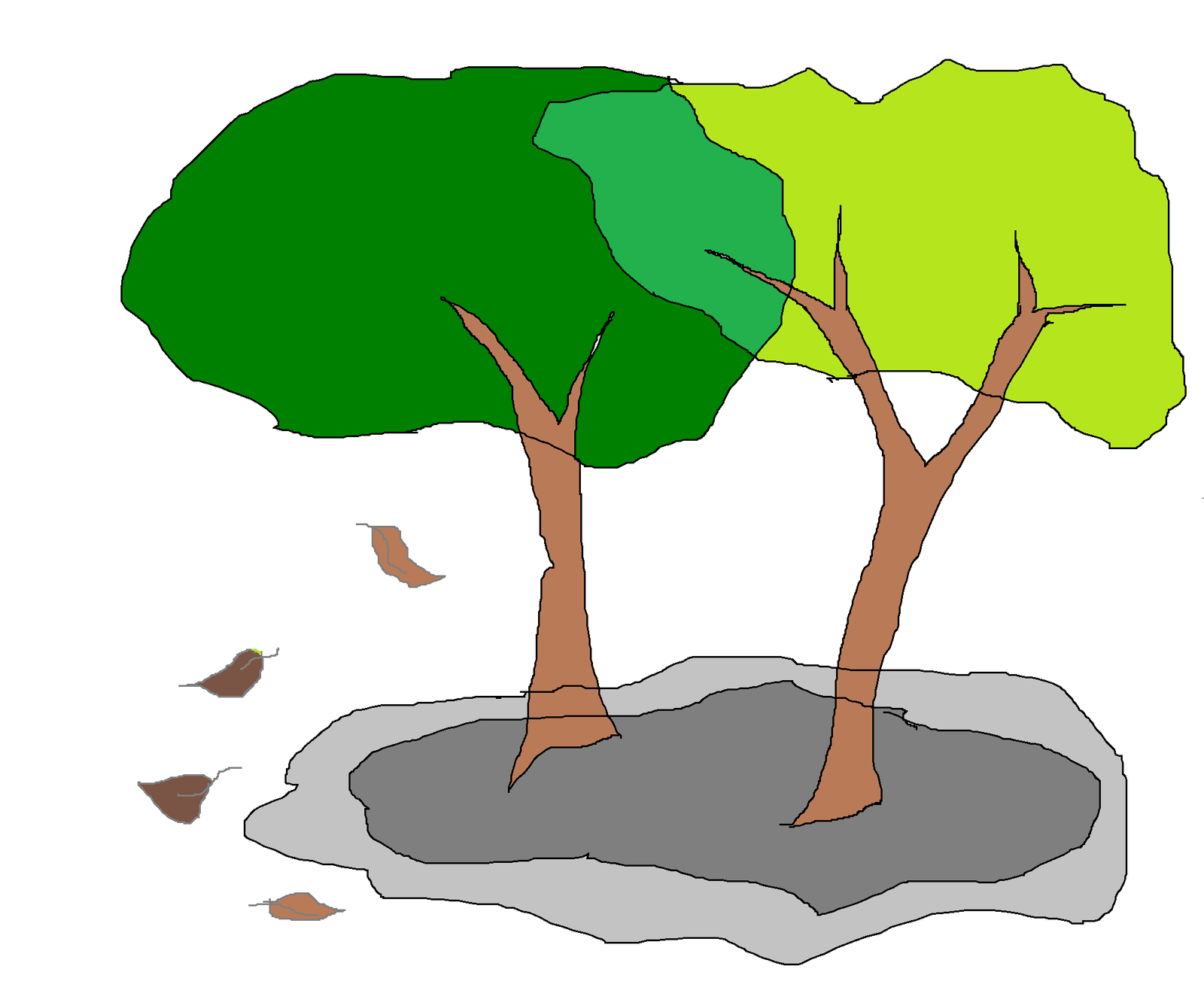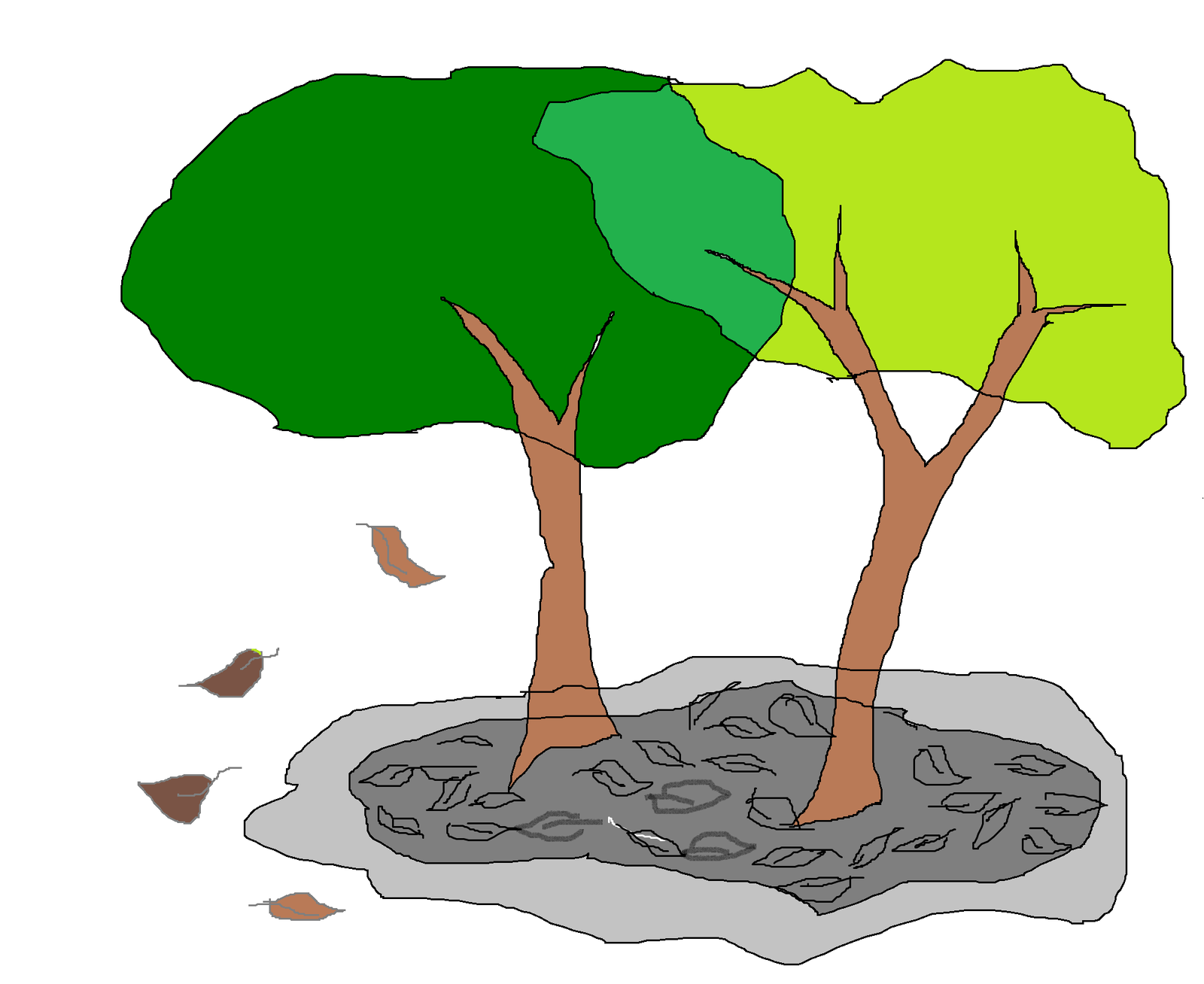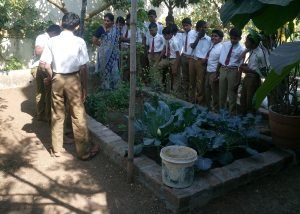I am sure you will love this part.
I am asking you to be lazy here. Yes, this mulching involves doing nothing 😊
Yes, believe me. Do read on to know more.
When we collect and donate all the leaves, soil does not get back nutrients it lost.
Yes, I understand, keeping all fallen leaves where they are is not at all practical. Can you imagine heaps and heaps of dry leaves in your premises?
No, don’t worry, I don’t suggest that.
How about giving SOME leaves back to the soil, for the tree? A THANK YOU for all the shade and green relief it provides throughout scorching heat of summer?
Here are two strategies.
Let nature take its course
If it is not much of a hinderance, how about keeping some leaves on the soil around the tree as it is? Just don’t do anything, leave leaves alone 😊
Okkay, that was a bad joke. But you get the idea, right?
For example, in our building premises, there is a corner with Ashoka trees, and some flower trees. Trees are big enough, with roots quite deep. They are quite on their own. They don’t need watering and regular caring like young saplings.

We do enjoy this green patch very much, but we rarely need to enter it. So, there is no need to sweep away dry leaves that fall. They do not pose any problem for us.
Between November to April, leaves fall. Whole area gets covered with leaves. All throughout the summer, leaves remain there, forming a layer over the soil. This laziness or benign neglect has lot of advantages.
Soil gets protected from scorching sunlight of summer. Exposed soils lose moisture, become compact and thus lifeless. Here, if we remove a few leaves, we find moist, healthy soil beneath.
When monsoon arrives, leaves decompose. When leaves break down, nutrients from them return to the soil.
That is the major reason we rarely need to enter the area. Because soil continues to retain moisture and gets replenish with nutrients, we do not need to do anything. We haven’t provided any fertilizers to trees here. And yet, trees give us flowers and fruits, all thanks to the nutrients that they get automatically.
It is almost like a forest. Nutrients are used and reused. This cyclic process goes on and on. No external inputs are required, no maintenance required. And most importantly, there is no WASTE, because there is no end, because it is SOIL-TO-SOIL.
Water Absorption
Soil in this area is also quite rich in carbon because of the mulching practice. In the monsoon, this area absorbs lot of water.
Premises of other apartment buildings in our lane flood, but we never face this problem.
To avoid flooding in monsoon, do create such soil patches with mulching.
How do you do it in your premises?
Suppose you have these areas with large trees, where not much human activity happens. Then, reserve this some area round the trees for mulching.
Just don’t do anything there. If you have a housekeeping staff, then instruct them not to sweep away leaves in this area. And that is all.

 This is how….
This is how….

